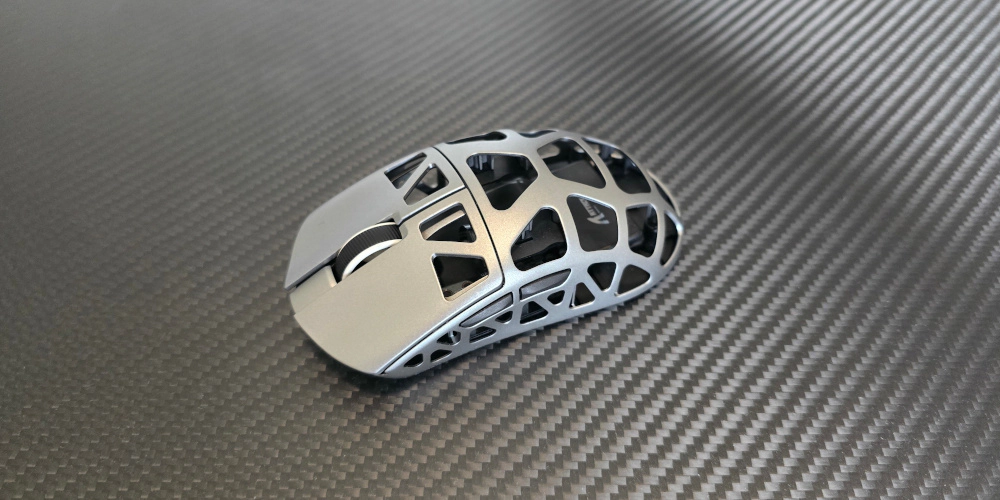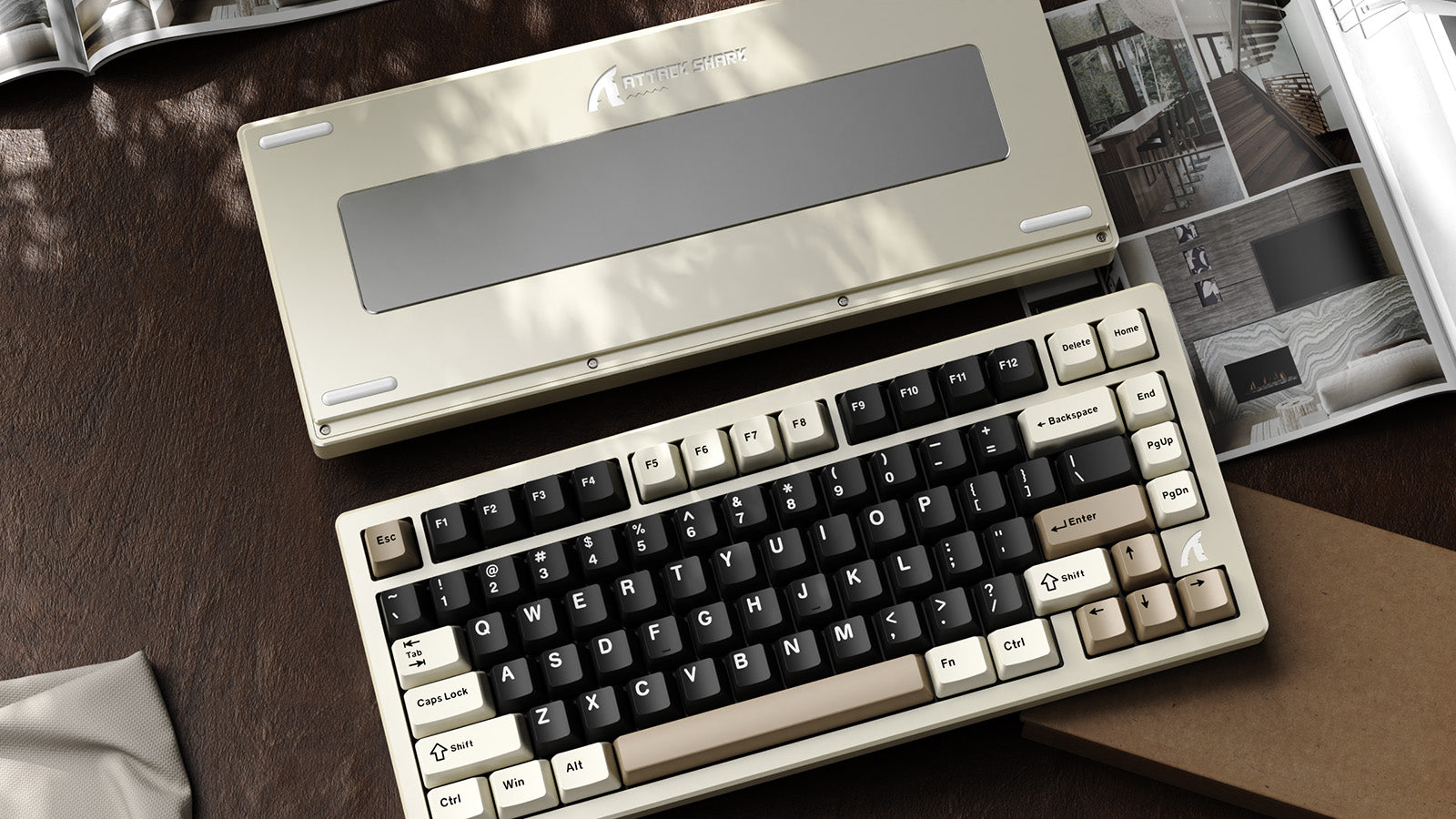If you're looking to type faster and get more done, you're in the right place. Typing speed-measured in Words Per Minute, or WPM-is a key skill that can give you an edge whether you're at work, studying, or just chatting online. This guide will provide straightforward, practical advice to help you ramp up your typing level. You can learn everything from basic techniques to pro tips, all designed to boost your typing speed and make sure every minute at the keyboard counts.
Grips with Touch Typing
Touch Typing vs. Hunt and Peck
The first step toward typing fast is to learn touch typing. Unlike the 'hunt and peck' method-where you look at the keyboard and type with just one or two fingers-touch typing involves using all ten fingers without needing to look down at the keys. This technique allows you to type much faster and more accurately.
Finger Placement Fundamentals
Touch typing is based on muscle memory, starting with placing your fingers on the home row keys: your left-hand fingers on A, S, D, F and your right-hand fingers on J, K, L, ; (semicolon). Your thumbs rest on the space bar. Each finger is responsible for reaching for specific keys, which minimizes movement and increases speed.If you're wondering about keyboard sizes, check out What's the Ideal Keyboard Size for You for guidance.
Building Muscle Memory
Developing muscle memory takes practice. Start by familiarizing yourself with the feel of each key under its designated finger. Repeat typing exercises that focus on these key-finger relationships. As you practice, your fingers will start moving to the right keys instinctively.
The goal is accuracy first, then speed. It's about training your fingers to make the right moves automatically. Once you have the basics down, your pace will naturally start to increase as your confidence grows. Don't rush the process; good habits formed now will set you up for faster typing in the long run.

Creating an Ergonomic Workspace for Higher WPM
Choosing the Right Keyboard
A comfortable keyboard is a fast typer's best friend. Your choice of keyboard can have a significant impact on your typing speed and comfort. Look for a keyboard with responsive keys that don't require you to press too hard. Some people prefer mechanical keyboards for their tactile feedback. If you're considering a mechanical keyboard, check out How to Select the Best Mechanical Keyboard: A Comprehensive Guide for more information. Others might opt for ergonomic designs that support natural hand positioning. To explore different keyboard types, visit Keyboard Types Guide: Which Is Right for You.
The Importance of Good Posture
Your whole body position contributes to how well you type. Sit upright with your feet flat on the floor. Your elbows should be at a relaxed angle, allowing your forearms to be parallel to the ground. An adjustable chair that supports your lower back can make a world of difference.
Hand Positioning for Speed
With your fingers on the home row, ensure your wrists are slightly elevated and not resting on the desk or the keyboard itself. This reduces strain and allows for quicker movements. Each finger should 'own' certain keys, and from the home row, they should reach out to other keys as needed.
Typing Speed and Accuracy
Establishing a Practice Routine
Consistency is key to improving your typing speed. Establish a daily practice routine, dedicating specific time slots to focused typing exercises. Start with simple drills that reinforce muscle memory and gradually introduce more complex sentences and characters as you progress. Aim for short, regular practice sessions rather than infrequent, long ones, as this encourages steady improvement.
Finger Agility and Strength Exercises
To type faster, your fingers need to be agile. There are various exercises you can do to improve this. For example, drumming your fingers against the tabletop in sequence, both forward and backward, can increase agility. Strength can be built up by squeezing a stress ball or using finger strengtheners. Strong, nimble fingers respond quicker on the keyboard, helping to boost your WPM.
Leveraging Tools for Improvement
Make use of typing software and online tools designed to help increase your WPM. These resources often include timed tests, games, and personalized lessons that adapt to your skill level. They can provide real-time feedback on both speed and accuracy, allowing you to track your progress and identify areas needing improvement.

Progressing to Advanced Typing Techniques
- Minimizing Hand Movements: One secret to typing faster is reducing unnecessary hand motions. Keep your hands centered over the home row as much as possible. Use the nearest finger to strike each key rather than stretching or reaching with the wrong one. The less your fingers have to travel, the quicker you'll type.
- Mastering Punctuation and Special Characters: Typing isn't just about letters; punctuation and special characters are equally important, especially if you're coding or doing data entry work. Practice including these in your drills so that reaching for the comma, period, or special symbols becomes second nature. The shift key can be pressed by the opposite hand of the character you're aiming for to keep things balanced and fluid.
- Avoiding Common Errors: Mistakes can dramatically slow down your typing as you take time to correct them. Pay attention to common errors and focus on eliminating them through practice. Sometimes, slowing down a little bit to improve accuracy can eventually lead to an overall faster WPM as you reduce the time spent backtracking and correcting typos.
Incorporating Fun with Typing Games and Drills
Look for games that challenge you to type quickly and accurately under time constraints or while completing engaging tasks. They can be a great way to break up the routine of drills and provide a fresh, entertaining way to develop your typing skills.
While games are fun, structured drills are where you'll make the most progress. These exercises focus on specific areas such as speed, accuracy, or particular types of keystrokes. Create a regimen that starts with warm-up drills and moves on to more challenging tasks, such as typing out paragraphs, focusing on numbers, or mastering complex punctuation patterns.
The key to improvement is regularity. Integrate typing practice into your daily life by setting aside time for dedicated practice and choosing to type out responses in chat rooms, forums, or on social media. The more you practice in different contexts, the more natural your typing will feel.
When Plateaus in Typing Speed
It's common to hit a plateau when working on increasing your WPM. When progress stalls, the first step is to identify possible causes. Are you not practicing consistently? Have you reached the limits of your current practice routine? Or perhaps bad habits are creeping back into your typing technique. Analyzing your practice sessions and looking at where errors occur can help pinpoint what's holding you back.
If inconsistency is the issue, recommit to regular practice. If you've outgrown your current routine, seek out more advanced drills or change your practice method. If bad habits are to blame, focus on exercises that address them directly. This might mean slowing down to reinforce proper technique before speeding up again.
Sometimes, self-analysis isn't enough, and outside feedback can be invaluable. Consider using typing software that provides detailed reports on your performance or ask someone to watch you type and give insights. An experienced typist might spot issues like inefficient finger movements or poor posture that you've missed.

Achieving Typing Proficiency
Boosting your typing speed to increase WPM is a multifaceted endeavor that requires a blend of the right techniques, tools, and mindset. From mastering touch typing and setting up an ergonomic workspace to engaging in consistent practice with various exercises and taking advantage of typing software, each step is crucial. As you progress, remember to minimize hand movements, master punctuation, and navigate plateaus with strategic adjustments. By integrating fun with practical drills and maintaining regular typing habits, you'll not only see your typing speed soar but also enjoy the satisfaction of meeting your communication needs with efficiency and ease.
FAQ
Q1: What does 75 wpm mean?
The term "75 WPM" means that a person can type 75 words per minute. WPM stands for "Words Per Minute," a measure of typing speed. A "word" is standardized to five characters or keystrokes in typing tests, so 75 WPM equates to typing 375 characters (including spaces and punctuation) in one minute.
Q2: How many hours a day should I practice typing to get faster?
Quality over quantity is important in typing practice. Even 20-30 minutes of focused daily practice can yield better results than infrequent, longer sessions. Consistency is key.
Q3: What's a good WPM?
A good WPM (Words Per Minute) is generally around 40 for average tasks, 50-60 for professional jobs, and 70 or above for specialized typing occupations. However, accuracy is a critical factor, so a good WPM also implies typing with minimal errors. The definition of "good" ultimately depends on the requirements of the task or occupation in question.
Read More
- Is Wireless Mechanical Keyboard a Hype or Useful?
- How to Choose the Perfect Coiled Keyboard Cable?
- Ultimate Keyboard Guide: Find Your Perfect Typing Partner





Leave a comment
This site is protected by hCaptcha and the hCaptcha Privacy Policy and Terms of Service apply.